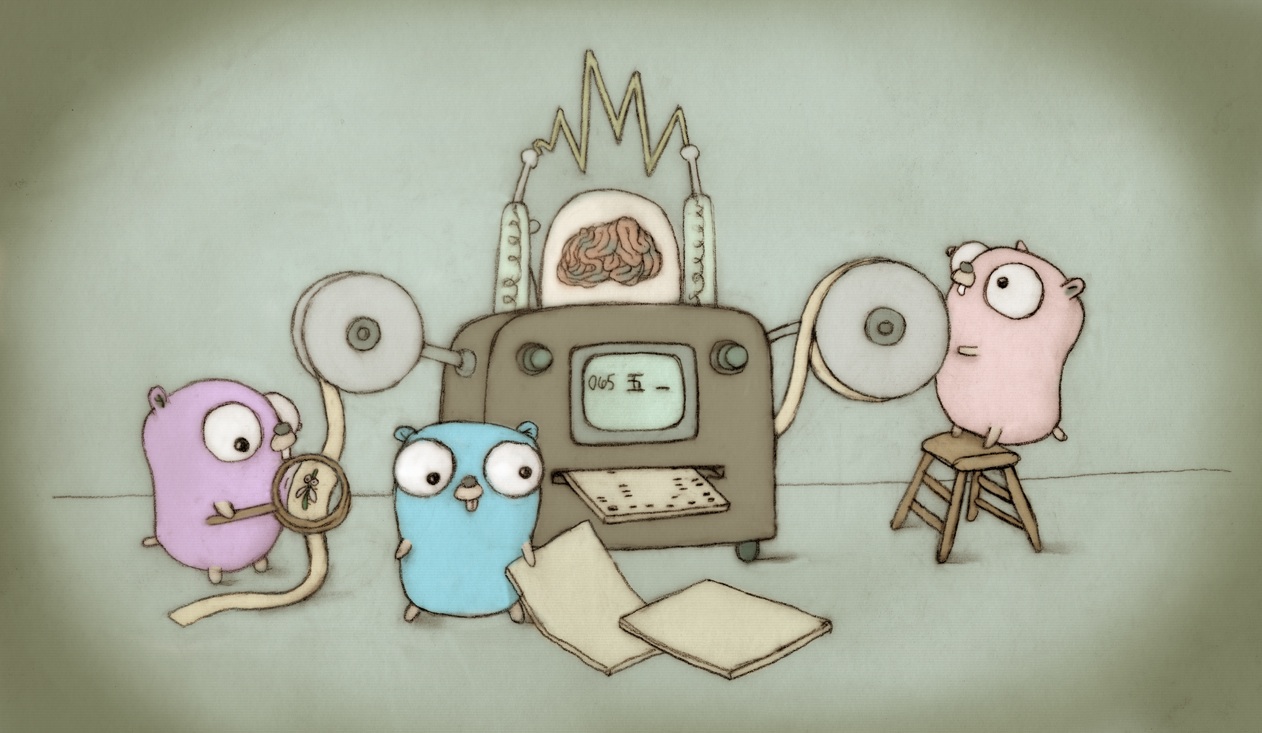The phi tighten pass moves rematerializable phi args
to the immediate predecessor of the phis.
This reduces value lifetimes for regalloc.
However, the critical edge removal pass can introduce
new blocks, which can change what a block's
immediate precedessor is. This can result in tightened
phi args being spilled unnecessarily.
This change moves the phi tighten pass after the
critical edge pass, when the block structure is stable.
This improves the code generated for
func f(s string) bool { return s == "abcde" }
Before this change:
"".f STEXT nosplit size=44 args=0x18 locals=0x0
0x0000 00000 (x.go:3) MOVQ "".s+16(SP), AX
0x0005 00005 (x.go:3) CMPQ AX, $5
0x0009 00009 (x.go:3) JNE 40
0x000b 00011 (x.go:3) MOVQ "".s+8(SP), AX
0x0010 00016 (x.go:3) CMPL (AX), $1684234849
0x0016 00022 (x.go:3) JNE 36
0x0018 00024 (x.go:3) CMPB 4(AX), $101
0x001c 00028 (x.go:3) SETEQ AL
0x001f 00031 (x.go:3) MOVB AL, "".~r1+24(SP)
0x0023 00035 (x.go:3) RET
0x0024 00036 (x.go:3) XORL AX, AX
0x0026 00038 (x.go:3) JMP 31
0x0028 00040 (x.go:3) XORL AX, AX
0x002a 00042 (x.go:3) JMP 31
Observe the duplicated blocks at the end.
After this change:
"".f STEXT nosplit size=40 args=0x18 locals=0x0
0x0000 00000 (x.go:3) MOVQ "".s+16(SP), AX
0x0005 00005 (x.go:3) CMPQ AX, $5
0x0009 00009 (x.go:3) JNE 36
0x000b 00011 (x.go:3) MOVQ "".s+8(SP), AX
0x0010 00016 (x.go:3) CMPL (AX), $1684234849
0x0016 00022 (x.go:3) JNE 36
0x0018 00024 (x.go:3) CMPB 4(AX), $101
0x001c 00028 (x.go:3) SETEQ AL
0x001f 00031 (x.go:3) MOVB AL, "".~r1+24(SP)
0x0023 00035 (x.go:3) RET
0x0024 00036 (x.go:3) XORL AX, AX
0x0026 00038 (x.go:3) JMP 31
Change-Id: I12c81aa53b89456cb5809aa5396378245f3beda9
Reviewed-on: https://go-review.googlesource.com/c/go/+/172597
Run-TryBot: Josh Bleecher Snyder <josharian@gmail.com>
TryBot-Result: Gobot Gobot <gobot@golang.org>
Reviewed-by: Keith Randall <khr@golang.org>
|
||
|---|---|---|
| .github | ||
| api | ||
| doc | ||
| lib/time | ||
| misc | ||
| src | ||
| test | ||
| .gitattributes | ||
| .gitignore | ||
| AUTHORS | ||
| CONTRIBUTING.md | ||
| CONTRIBUTORS | ||
| favicon.ico | ||
| LICENSE | ||
| PATENTS | ||
| README.md | ||
| robots.txt | ||
The Go Programming Language
Go is an open source programming language that makes it easy to build simple, reliable, and efficient software.
 Gopher image by Renee French, licensed under Creative Commons 3.0 Attributions license.
Gopher image by Renee French, licensed under Creative Commons 3.0 Attributions license.
Our canonical Git repository is located at https://go.googlesource.com/go. There is a mirror of the repository at https://github.com/golang/go.
Unless otherwise noted, the Go source files are distributed under the BSD-style license found in the LICENSE file.
Download and Install
Binary Distributions
Official binary distributions are available at https://golang.org/dl/.
After downloading a binary release, visit https://golang.org/doc/install or load doc/install.html in your web browser for installation instructions.
Install From Source
If a binary distribution is not available for your combination of operating system and architecture, visit https://golang.org/doc/install/source or load doc/install-source.html in your web browser for source installation instructions.
Contributing
Go is the work of thousands of contributors. We appreciate your help!
To contribute, please read the contribution guidelines: https://golang.org/doc/contribute.html
Note that the Go project uses the issue tracker for bug reports and proposals only. See https://golang.org/wiki/Questions for a list of places to ask questions about the Go language.